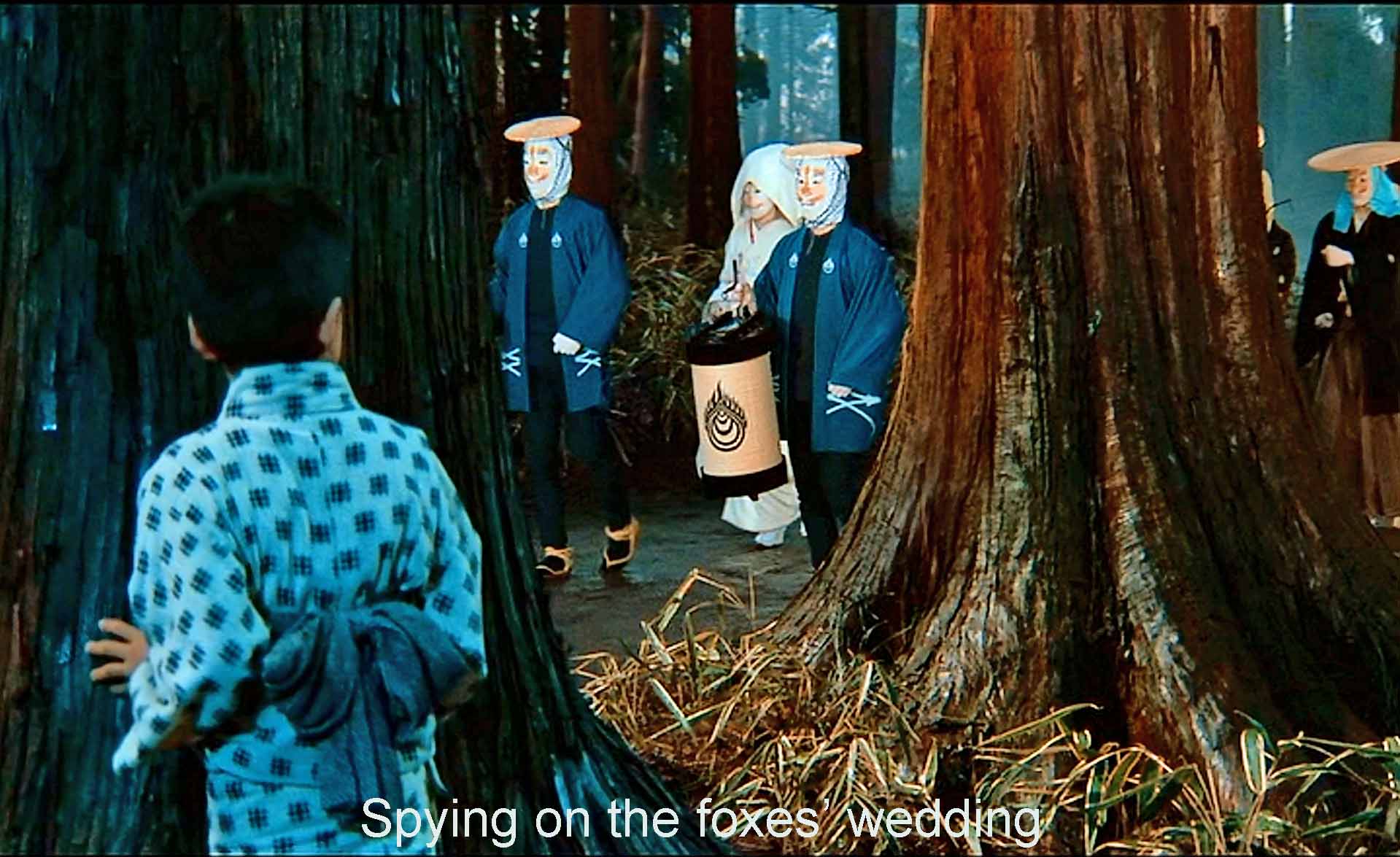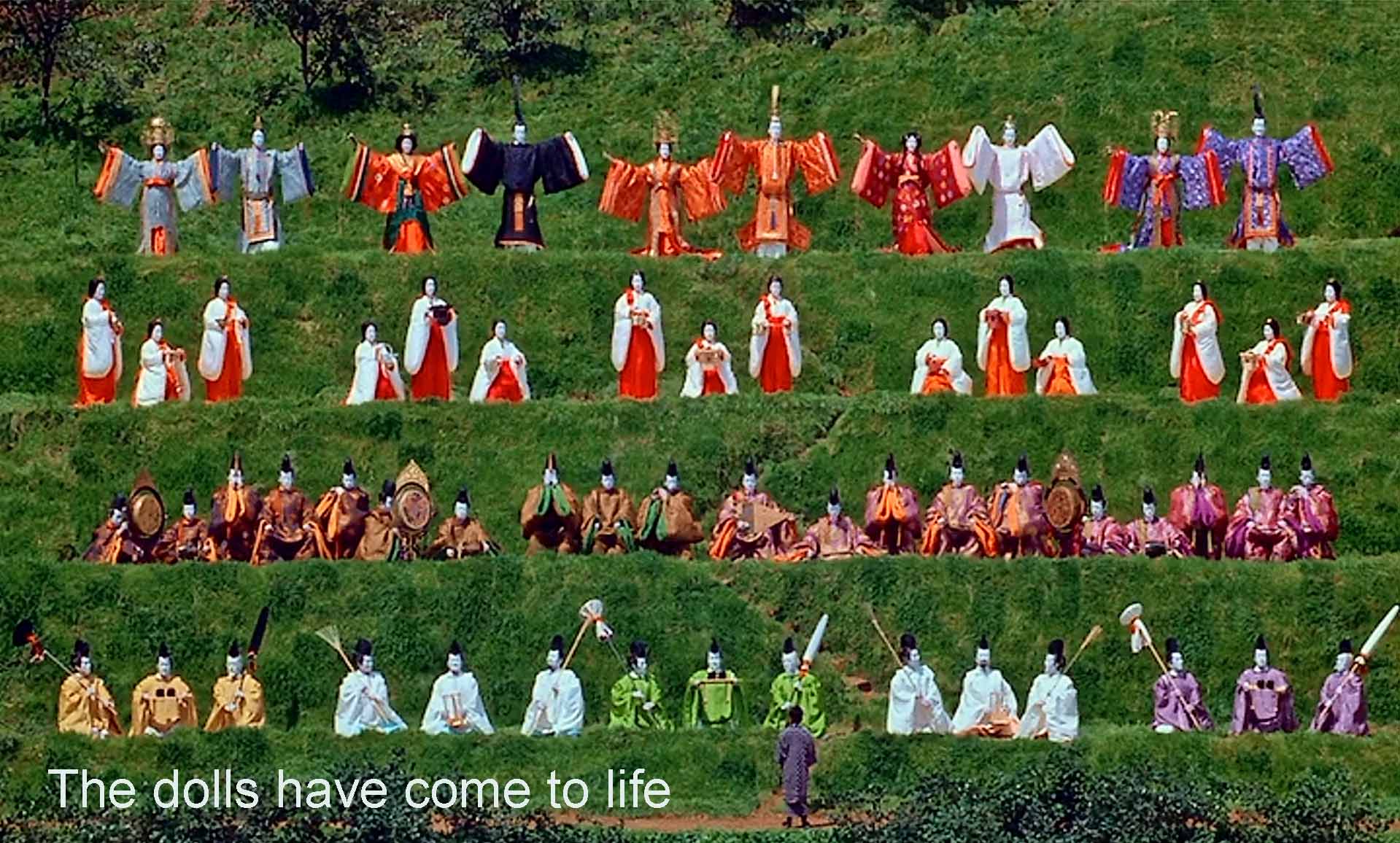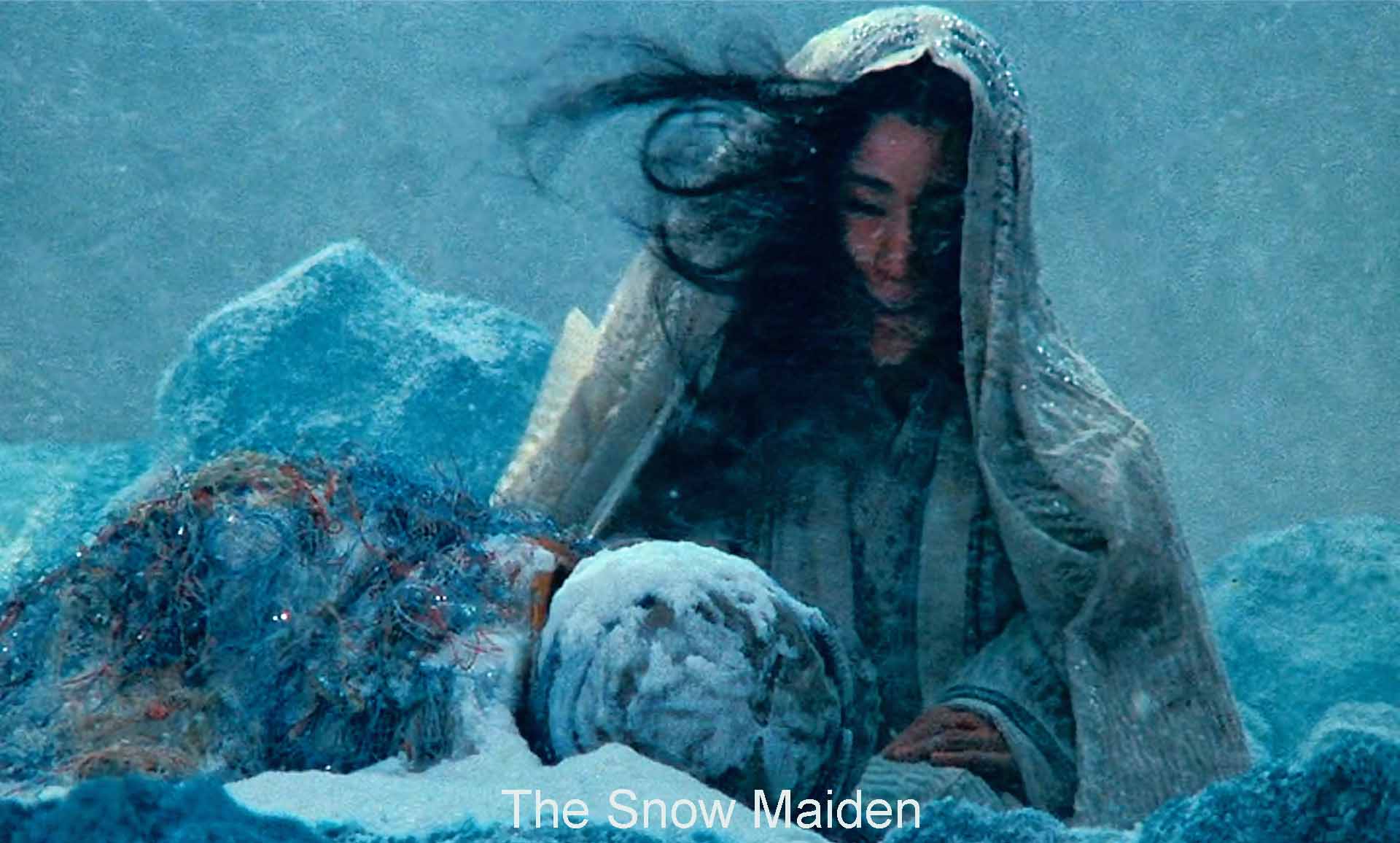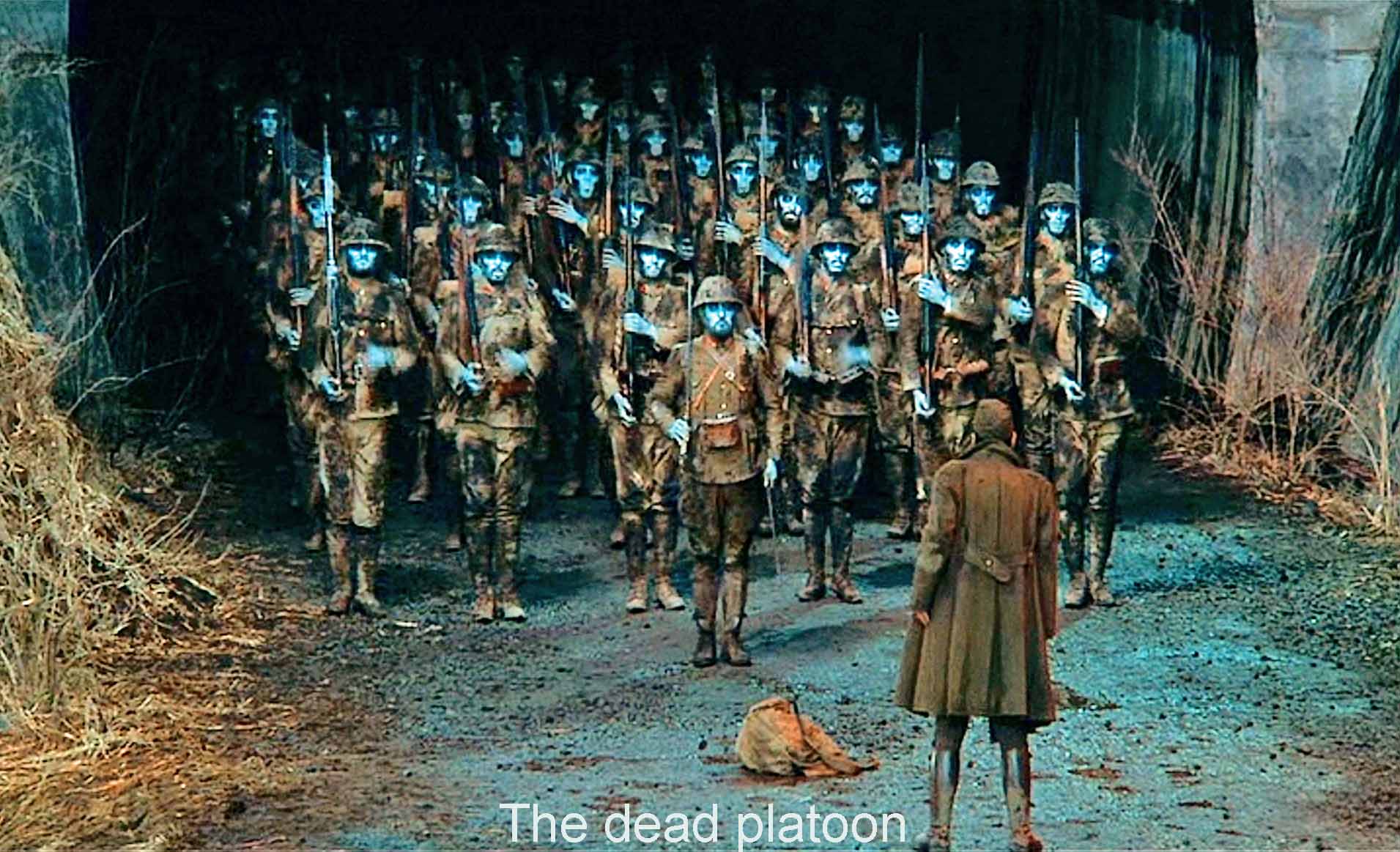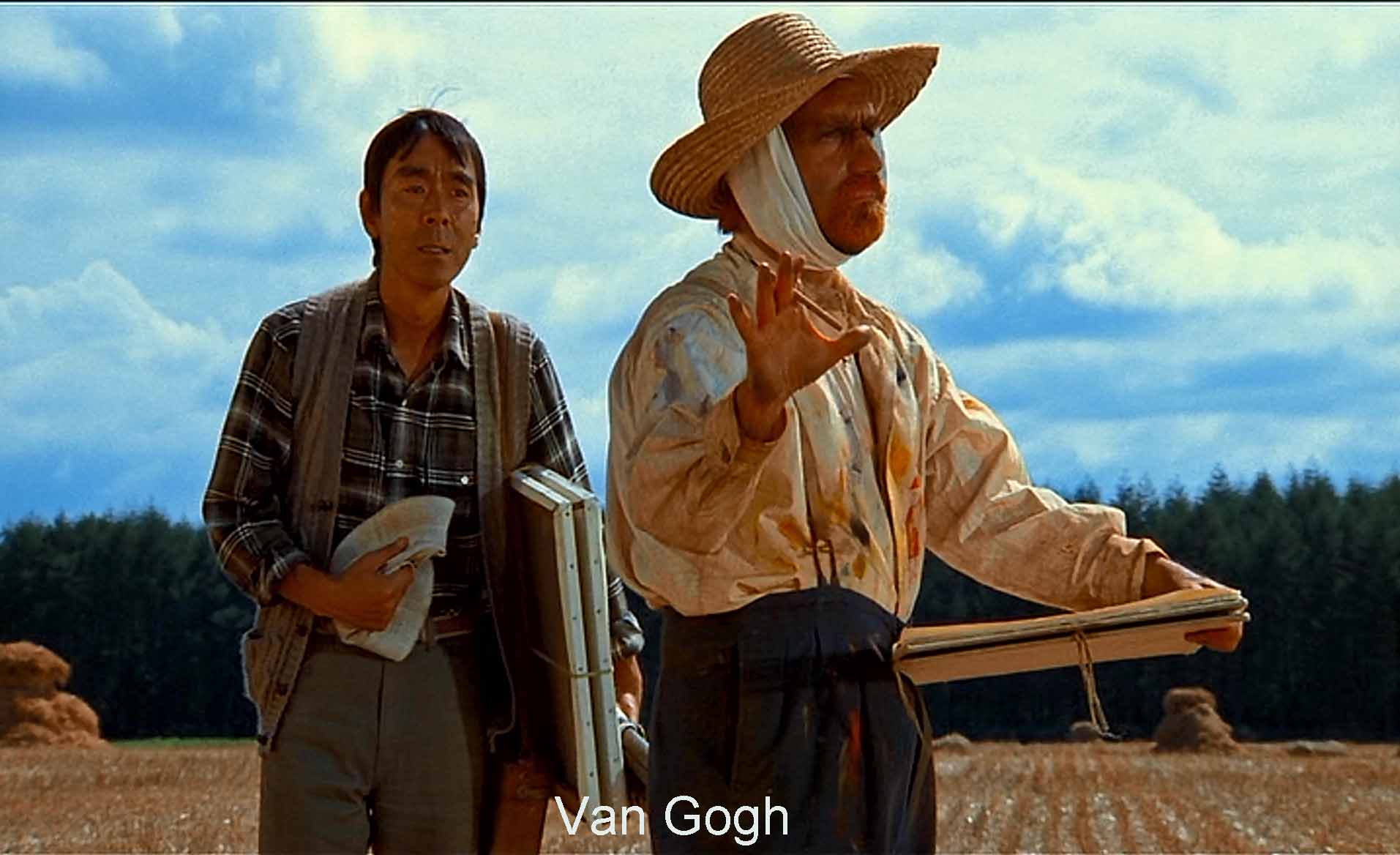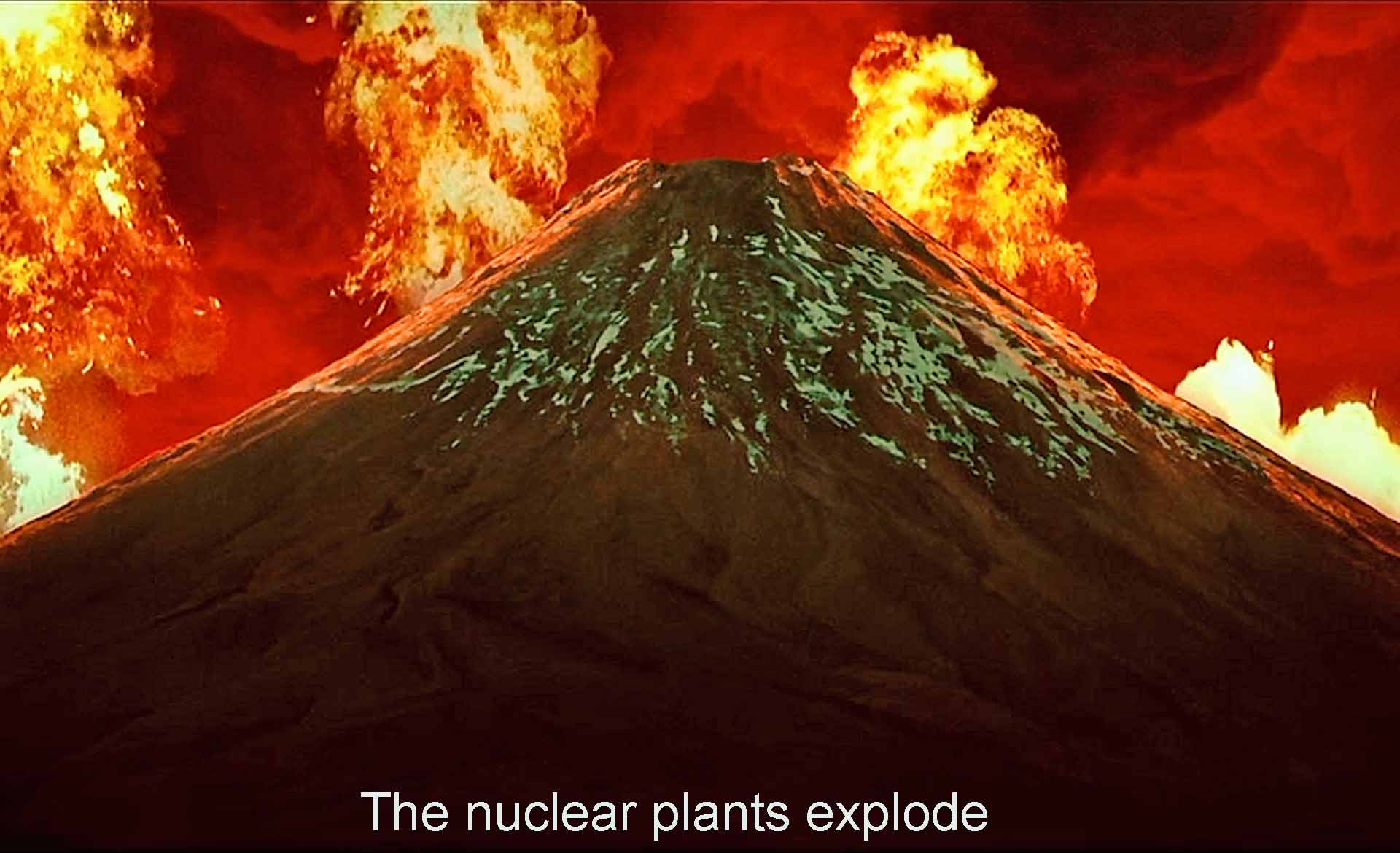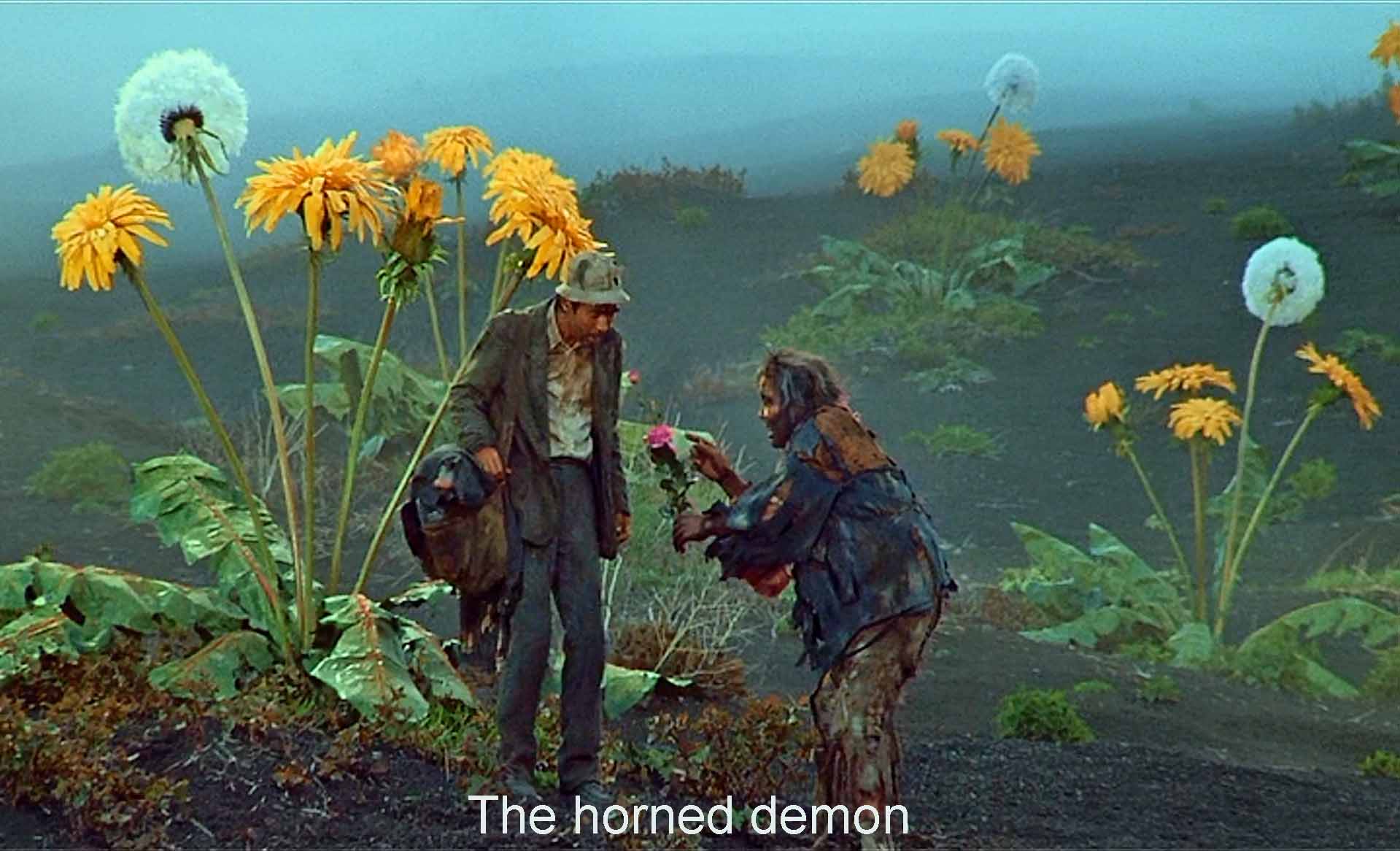In Dreams, Kurosawa took off in a radically new direction: no plot, no developed characters, no action. The film consists of eight episodes, each enacting a dream that Kurosawa said he himself dreamt. Some are dreams going back to childhood; others deal with problems of our own day. The episodes draw on materials from his various autobiographical writings and, of course, his matchless imagination. Critics speak of “magic realism” in analogy to various Hispanic writers like Gabriel García Márquez.
In general each dream consists of a character facing an environment—a world. To “read” these dreams ask yourself two questions. What is that world? What does the seeking character do in relation to that world?
In general, this film draws more on things unfamiliar to non-Japanese than the better-known Rashomon or Ikiru or Seven Samurai. As Stephen Prince points out in his superb commentary on the Criterion DVD, in these dreams Kurosawa uses a pattern from Noh plays involving two characters. A principal character (shi-te) tells the myth or story on which the play is based (or, here, tells about this environment). A secondary character (waki) asks questions to elicit the telling. The pattern is clear in episodes IV-VIII, less so in I-III. In the later episodes, you can recognize the waki by the hat he wears, the hat that Kurosawa habitually wore while filming. This second character could be Kurosawa himself. You could call him “I.”
I’ll read the film episode by episode.
I. Here the one who explores the world is a boy (Kurosawa himself) disobeying his mother (Kurosawa’s), and the world is the natural world (those huge trees, the rain) plus supernatural mysteries. The boy runs off to sneak a look at a fox wedding in the forest. Why foxes? Because, if you Google “foxes in Japanese folklore,” you will find that they have a host of possible roles and stories and powers associated with them. In particular, as this mother tells the boy, when rain falls on a sunshiny day, the foxes have weddings, and it is dangerous to watch them. (This psychoanalytic critic cannot help noticing in this episode various reversals of a primal scene fantasy.) The boy, of course, disobeys, and he must seek the foxes’ forgiveness at the foot of a rainbow. The episode ends with “I” entering a landscape of great beauty, a wonderfully symbolic move for the future artist.
II. Loss seems to me the theme of this episode. The I’s sister is celebrating with some of her friends the Doll Festival (which comes at peach blossom time). On the wall behind them are many dolls representing peach trees and their blossoms. Her younger brother, the “I,” insists that a girl was there but she is missing now. He goes in search, sees a girl in the distance, and follows her to a landscape version of the stand on which the dolls stood and the dolls themselves now turned into human beings. They accuse the boy of having had the orchard of peach trees cut down. He defends himself: he did not want that, but his family insisted. The dolls give him one last look at the orchard. A single peach tree sprouts in the girl’s place.
III. Here the world is a brutal snowstorm that a team of four mountaineers is trying to master. I am assuming that the leader of this team corresponds to the exploring boy of the first two episodes. But this world is nothing like those two enticing landscapes. The temptation is to lie down in the snow and peacefully freeze to death. The environment provides even more temptation in the form of a snow maiden, yuki-onna. The leader of the team (the waki?) resists, and they suddenly find their camp. Interestingly, in the final shot, the camp is shot in real time, the mountaineers in slow motion.
This is a world in which nature is trying to overcome us while we are trying to overcome nature. The relationship is one of combat, and that takes us to the next episode.
IV. Here the “I” is a decommissioned officer in the Japanese army. He faces a tunnel that represents the dark days of the Japanese at war and being defeated. He is attacked by a fierce, snarling dog carrying explosives but fends him off and enters the tunnel. At the other end, he emerges but faces a dead soldier, Private Noguchi, who talks about going home. He dismisses the solder, but then a whole platoon of soldiers who died under his command marches forward. The “I" sends them back into the tunnel, but still faces the dog. Whatever created the war persists.
V. In a startling upgrade from the last episode, the environment is Van Gogh’s paintings and the Arles region they depict. Our Kurosawa character, the “I,” seeks and meets Van Gogh (played by Martin Scorsese!). From him he learns that the artist is like a locomotive powered by the environment but that environment he makes over in his own style. When Kurosawa started his career, he wanted to be a painter, but felt he could only be derivative. He turned to film instead. Hence the waki character is trapped in a landscape that he can only see as if it had been painted by the shi-te, van Gogh.
VI. This world is a Japan after various nuclear energy plants have exploded. The Japanese fear nuclear energy—with good reason. (Hiroshima, Nagasaki, Fukushima. Hence the great success of the Godzilla movies.) Here the characters are helpless against such a world. Our Kurosawa-character learns about it, but can do nothing to help.
VII. This environment is a perhaps-post-nuclear world in which radiation produces grotesque mutations in plants (giant dandelions) and humans (painful horns on the skull). As the shi-te explains to the “I,” it is a dog-eat-dog world, where those with three or two horns eat those with fewer. It is, in short, the world of ruthless capitalism, and everyone in it is in agony. He escapes—falls, really—down a hill, a symbolic descent.
VIII. The last episode takes us to a post-electric world. It is an idyllic village where the ancient who explains it to us seems perfectly content that he will soon die of a peaceful old age. He leaves our interlocutor to march in the funeral of a 99-year-old woman whom he once loved. Children lay wildflowers on a flat stone by a brook, but they do not know why. And our hero does, too, and exits the film frame. What has he seen? How could it be? Should it be? Can’t be? Was but will never be again? Kurosawa leaves us with no certainty but death: he himself died of old age, really, eight years after this film.
